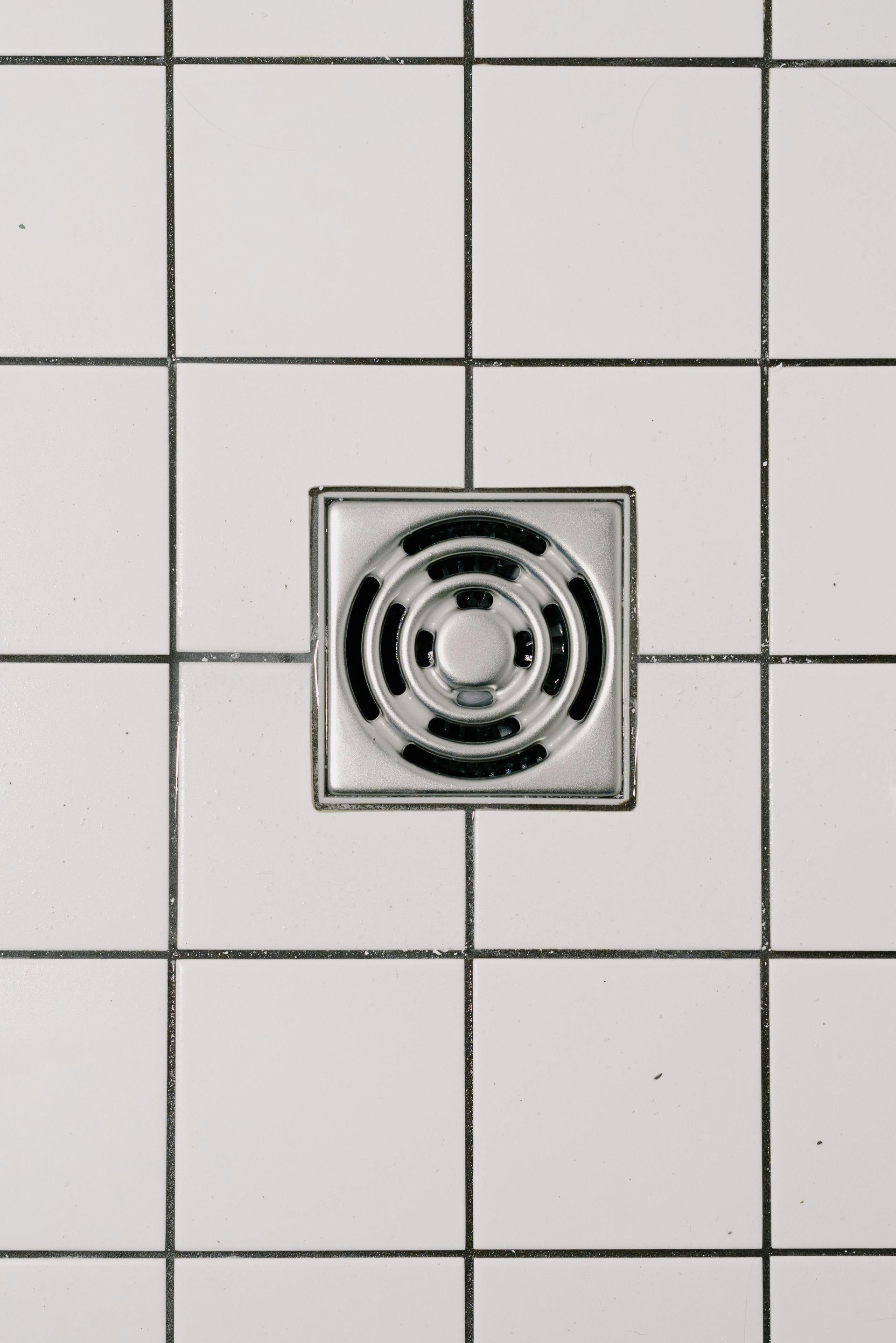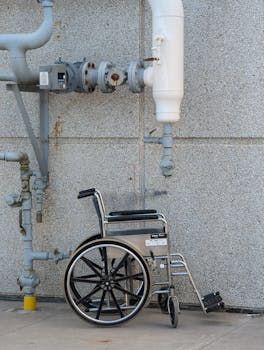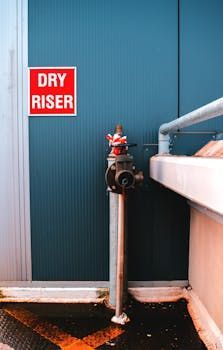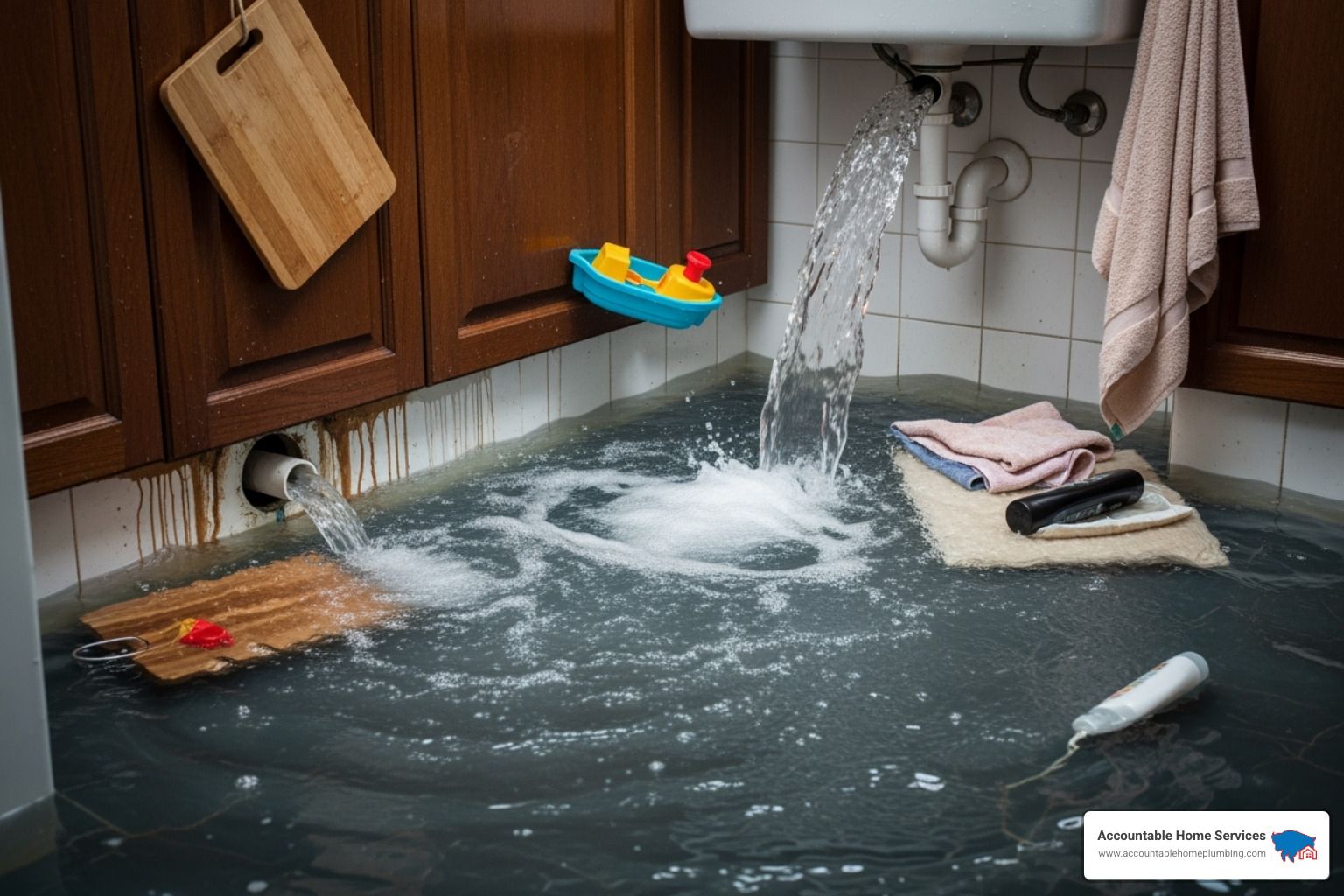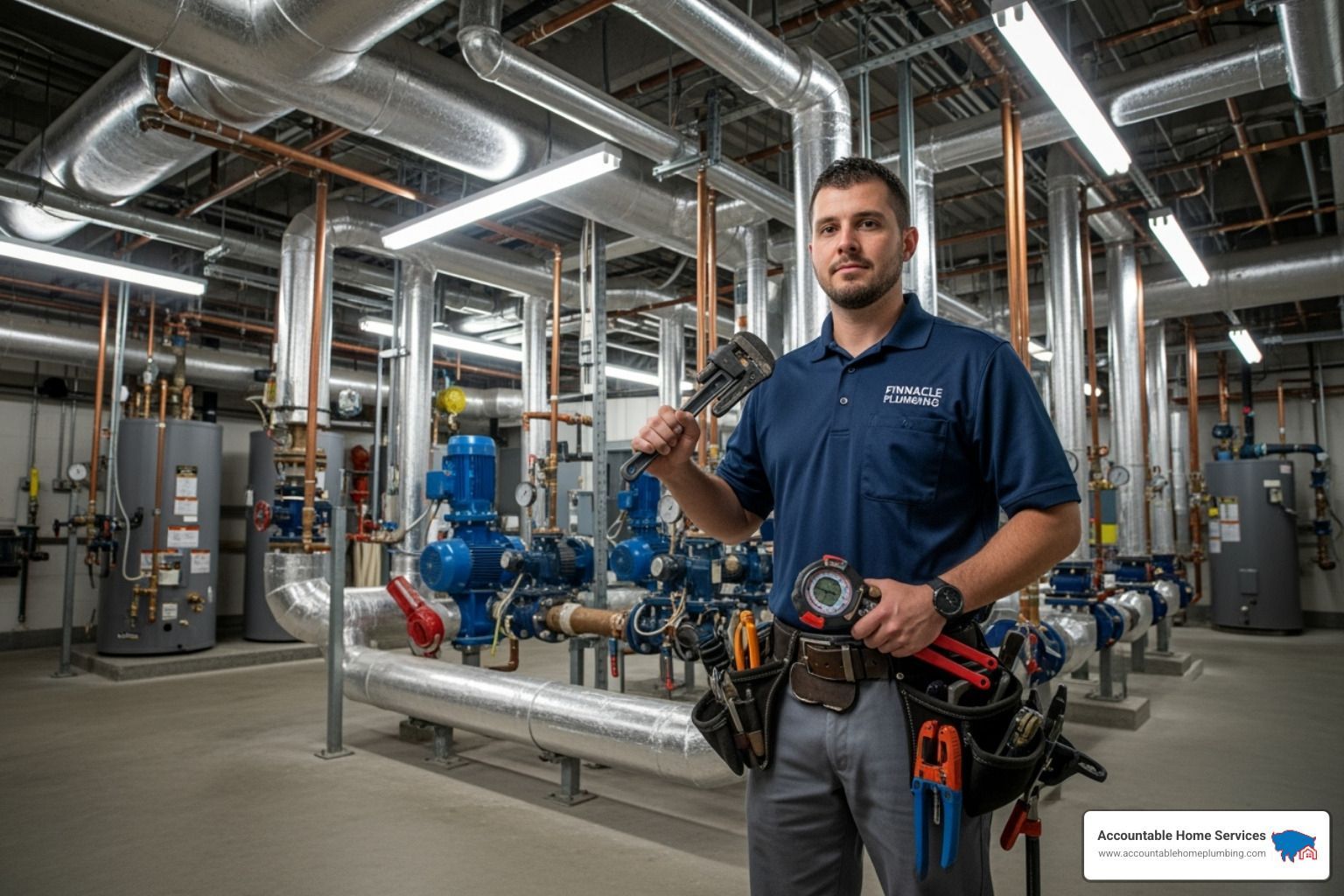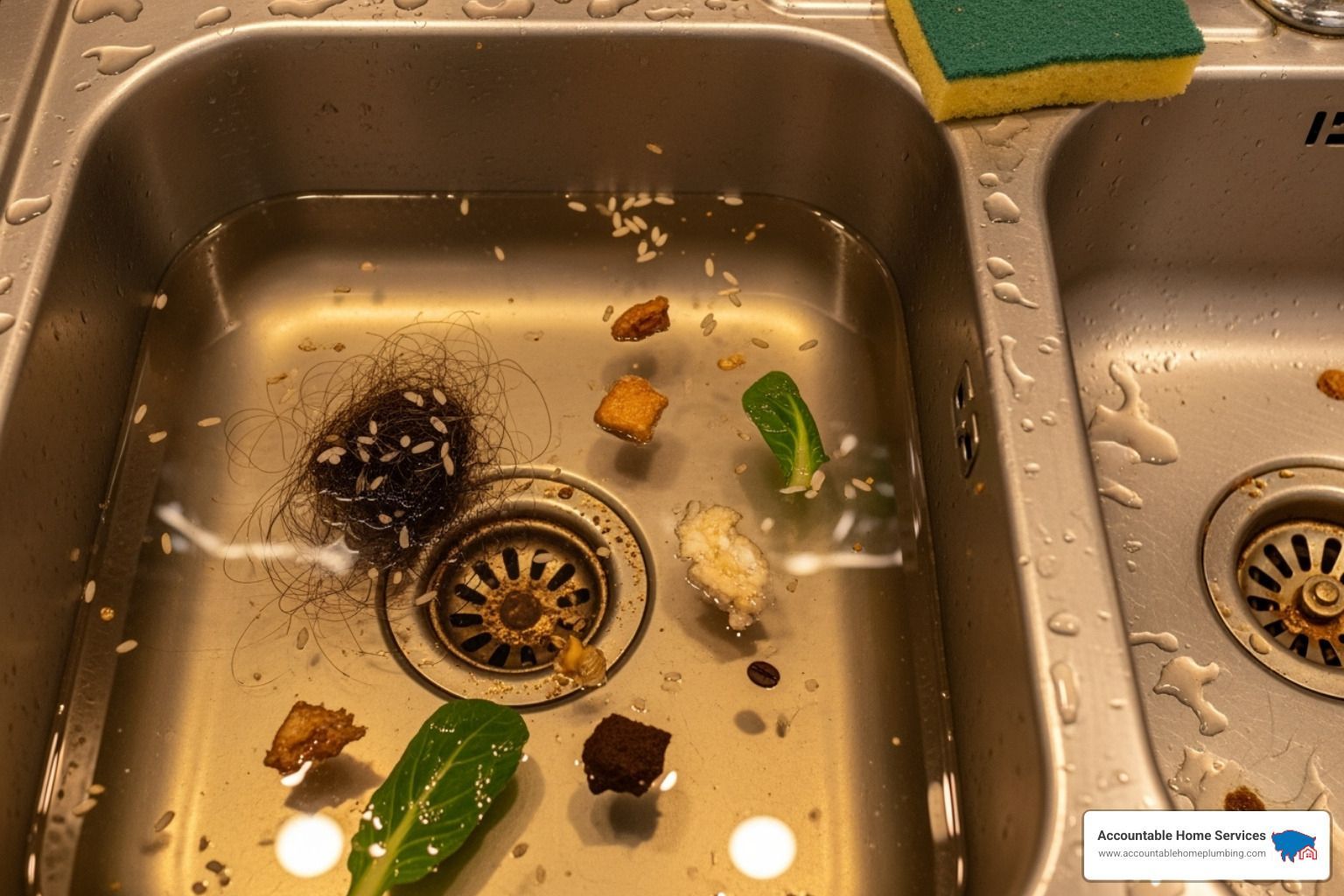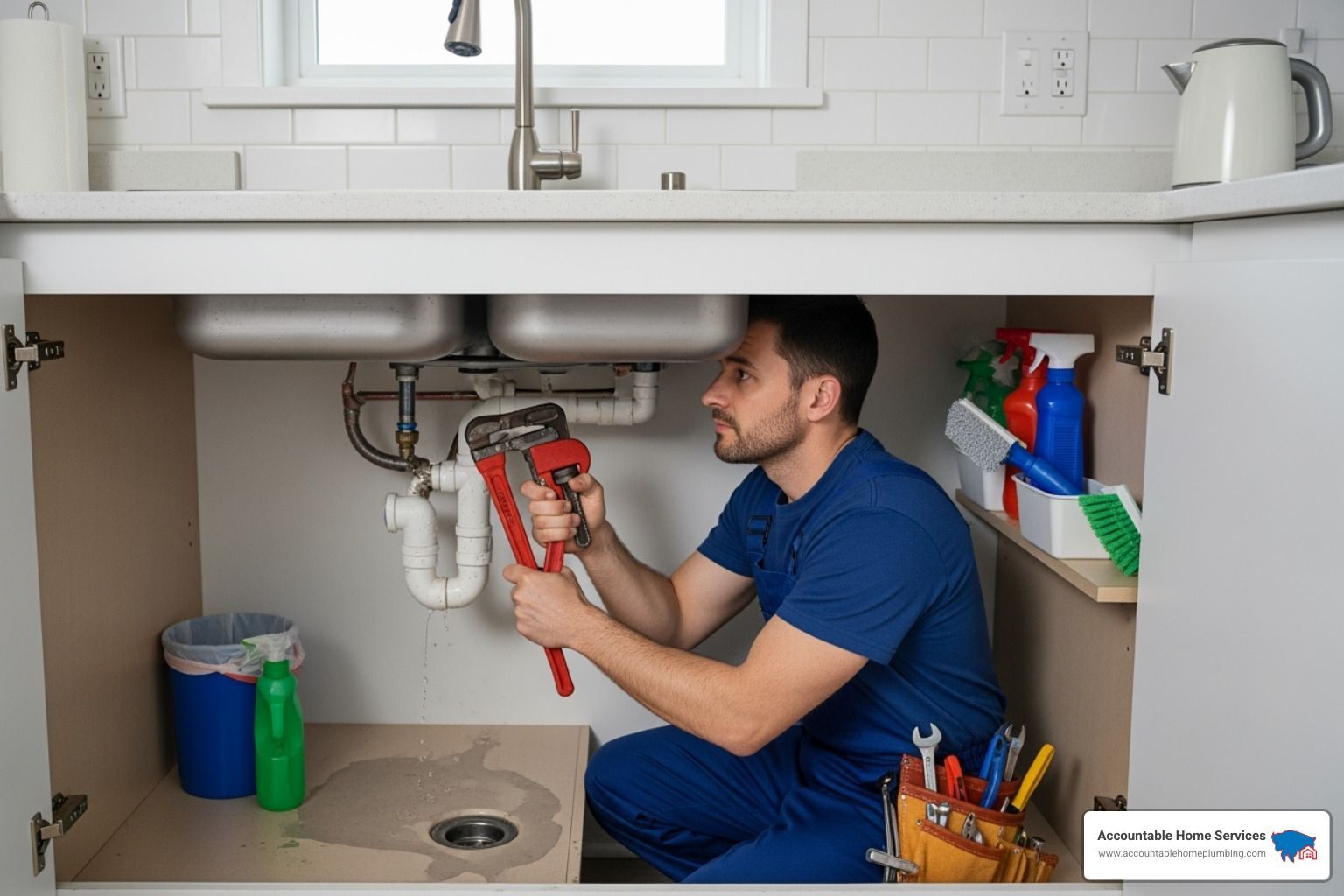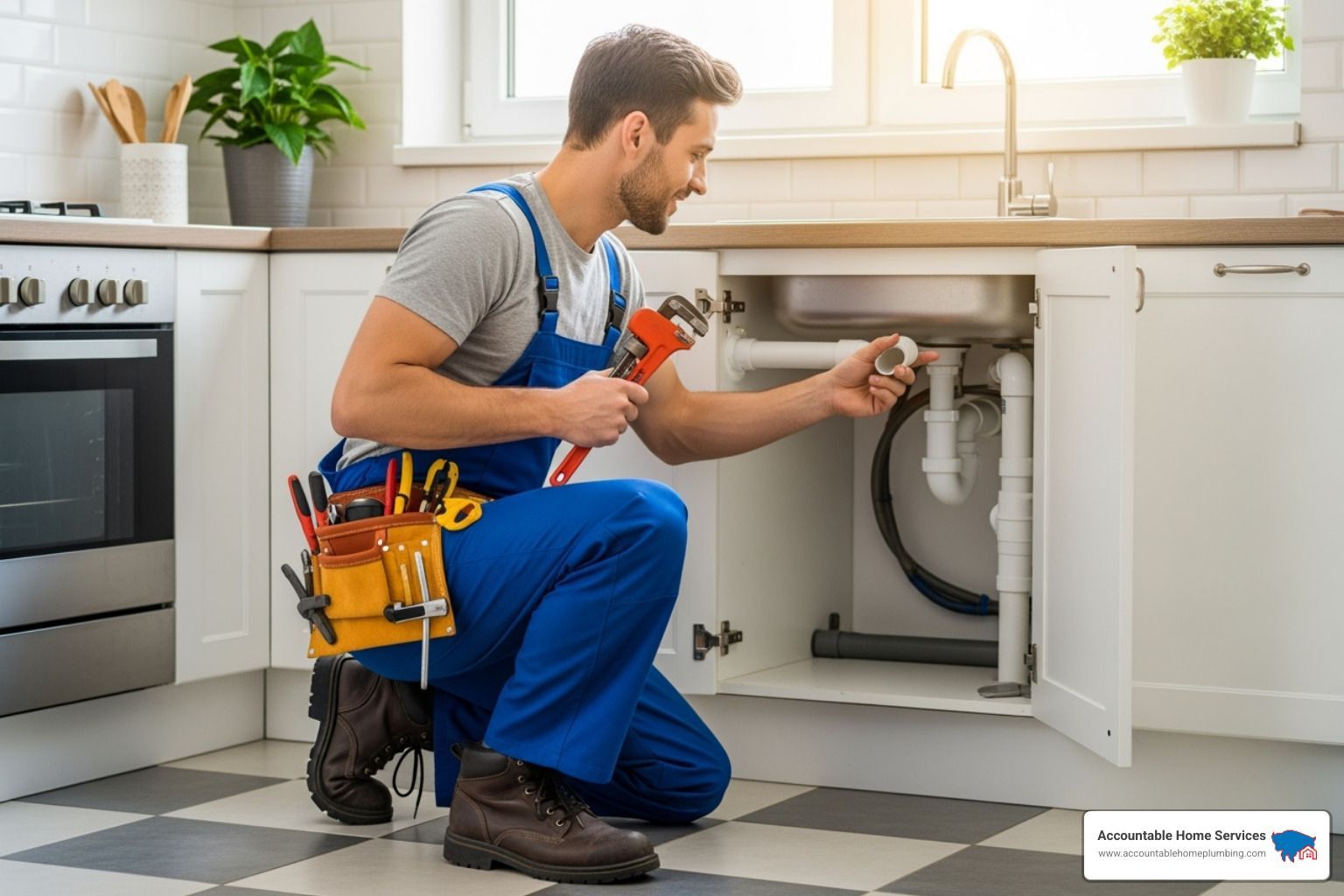Your Water Heater's Hidden Costs: Smart Maintenance That Saves You Thousands
Here's something most homeowners don't realize: that water heater tucked away in your basement or utility room is quietly burning through hundreds of dollars every year in unnecessary energy costs. Even worse? Without proper maintenance, you're looking at replacement costs of $2,000 to $5,000 years earlier than necessary. Let's change that starting today.
1. The True Cost of Neglecting Your Water Heater
Your water heater accounts for nearly 20% of your home's energy use — second only to heating and cooling. In Colorado's hard water conditions, sediment buildup can reduce efficiency by up to 40% within just two years. That translates to an extra $200-400 annually in energy costs alone, not counting the shortened equipment life.
Consider this real scenario we see weekly: A family in Westminster ignored their water heater for six years. The result? Complete tank failure that flooded their finished basement, causing $8,000 in damage plus $3,500 for emergency replacement. Total cost of neglect: $11,500. Cost of annual maintenance that would have prevented it: $150 per year.
The math is simple, but the consequences of ignoring it can be devastating. Water heaters don't just slowly fade away — they often fail catastrophically, usually at the worst possible moment. That's why understanding the warning signs and maintenance needs isn't just about saving money; it's about protecting your home and family.

Have you checked your water heater in the last six months? If you're like most homeowners, the answer is probably no. That silence from your utility room doesn't mean everything's fine — it might mean trouble is brewing.
2. Essential Monthly Checks You Can Do Yourself
You don't need to be a plumber to spot early warning signs. These five-minute monthly checks can save you thousands and prevent emergency failures. Start by simply walking into your utility room and using your senses — what you see, hear, and even smell can tell you everything you need to know.
First, look for moisture around the base of your water heater. Even a small puddle or dampness could indicate a slow leak that will eventually become a flood. Check the pipes and connections at the top of the unit for any signs of corrosion or mineral deposits — those white, chalky buildups are your first warning of potential problems.
Listen carefully when the water heater is running. Popping, rumbling, or banging sounds indicate sediment buildup that's literally cooking at the bottom of your tank. This isn't just annoying — it's forcing your water heater to work harder, using more energy and wearing out faster. Think of it like trying to boil water in a pot with rocks at the bottom.
Check your water temperature at the nearest faucet. If it's taking longer to get hot water or the temperature fluctuates unexpectedly, your water heater is struggling. Document these observations in a simple notebook or smartphone app — patterns over time reveal problems before they become emergencies.

These simple checks take less time than brewing your morning coffee, yet they're your first line of defense against costly failures. Set a monthly reminder on your phone — your future self will thank you.
3. The Annual Maintenance Tasks That Double Your Water Heater's Life
While monthly checks keep you informed, annual maintenance keeps your water heater running efficiently for years beyond its expected lifespan. The most critical task? Flushing the tank to remove sediment buildup — Colorado's mineral-rich water makes this absolutely essential.
Flushing your water heater isn't complicated, but it does require following proper steps for safety and effectiveness. Turn off the power (electricity or gas), connect a garden hose to the drain valve, and run it to a safe drainage area. The first water that comes out will likely be discolored and full of sediment — that's exactly what you want to see leaving your tank instead of accumulating inside.
The anode rod is your water heater's unsung hero — a sacrificial metal rod that attracts corrosive elements, protecting your tank from rust. Most homeowners don't even know it exists, yet replacing this $30 part every 3-5 years can add a decade to your water heater's life. When we inspect water heaters that have failed prematurely, 90% have completely deteriorated anode rods that were never replaced.
Testing the temperature and pressure relief valve is crucial for safety. This valve prevents your water heater from becoming a potential bomb if pressure builds up. Lift the lever briefly — you should hear water discharge and see it flow through the overflow pipe. If nothing happens or the valve leaks afterward, replacement is urgent. This five-second test could literally save lives.
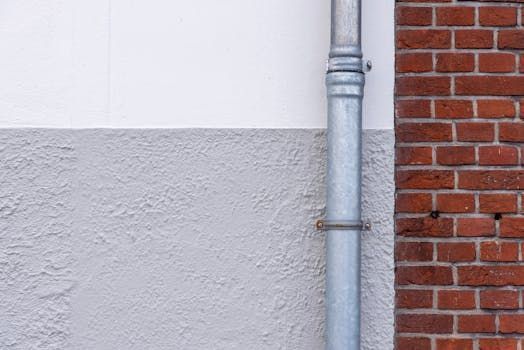
Professional tip: Schedule your annual maintenance in spring or fall when plumbers aren't swamped with emergency calls. You'll get better service, potentially lower rates, and catch problems before extreme weather makes them worse.
4. Energy-Saving Upgrades That Pay for Themselves
Small investments in your water heater's efficiency deliver returns every month on your utility bill. These upgrades aren't just about saving money — they're about optimizing performance and extending equipment life while reducing your environmental impact.
Installing a water heater blanket on older units can reduce heat loss by 25-40%, saving you $20-45 annually. In Colorado's cooler basements and garages, this simple $30 upgrade pays for itself in under two years. Modern tanks often have better insulation, but if your water heater feels warm to the touch, it's losing money every minute.
Insulating the first 3-6 feet of hot water pipes prevents heat loss as water travels to your faucets. This means less waiting for hot water and lower energy bills. Pipe insulation costs about $10-20 and takes 30 minutes to install — yet it saves 2-4% on water heating costs annually. More importantly, it reduces water waste while you wait for hot water to arrive.
Consider installing a timer on electric water heaters to avoid heating water during peak rate hours or when you're away. Smart water heater controllers take this further, learning your usage patterns and heating water only when needed. These $100-200 devices can reduce water heating costs by 10-15% while ensuring you never run out of hot water when you need it.
Low-flow showerheads and faucet aerators reduce hot water usage without sacrificing comfort. A family of four can save 2,900 gallons of water annually with low-flow fixtures — that's less water your heater needs to heat, translating to $50-75 in annual savings. When every gallon of hot water costs money to heat, using less is the simplest path to savings.
5. Warning Signs You Need Professional Help Immediately
Some water heater problems are DIY-friendly, but others require immediate professional attention to prevent catastrophic failure or dangerous conditions. Knowing the difference protects both your wallet and your family's safety.
Rust-colored water coming from hot water taps signals internal tank corrosion — once this starts, tank failure is imminent. This isn't something you can fix with maintenance; it's time to plan for replacement before you're forced into an emergency situation. We've seen tanks go from first signs of rust to complete failure in as little as two weeks.
If you smell gas near a gas water heater, this is an emergency. Don't use any electrical switches, don't light matches, and don't try to diagnose the problem yourself. Leave the area immediately and call your gas company from outside your home. Gas leaks can cause explosions, carbon monoxide poisoning, or fires — this is never a wait-and-see situation.
Water pooling around your water heater's base might seem minor, but it often indicates tank failure is days or hours away. The inner tank is likely cracked, and while the outer shell might contain it temporarily, catastrophic failure is coming. One Denver family ignored a small leak for three days — they returned from work to find 40 gallons of water had destroyed their finished basement.
Inconsistent water temperature despite proper thermostat settings indicates failing heating elements or serious sediment buildup. While not immediately dangerous, this signals your water heater is working overtime and could fail soon. Professional diagnosis can determine if repair is possible or if replacement makes more economic sense.

When you notice any of these signs, don't wait. Every day of delay increases the risk of catastrophic failure and water damage. What could be a planned replacement becomes an emergency that costs thousands more.
6. The Smart Homeowner's Replacement Strategy
The best time to replace your water heater isn't when it fails — it's before it fails. Planning your replacement gives you control over timing, options, and costs, while emergency replacement leaves you at the mercy of whatever's available immediately.
Most water heaters last 8-12 years, but Colorado's hard water often shortens this to 6-10 years without proper maintenance. Check your water heater's serial number — the first four digits usually indicate the month and year of manufacture. If yours is approaching or past 10 years, start planning for replacement even if it seems to work fine.
Modern water heaters offer dramatically better efficiency than units from a decade ago. Tankless models provide endless hot water while using 24-34% less energy than traditional tanks. Heat pump water heaters can reduce energy use by 60% compared to standard electric models. While these upgrades cost more initially, energy savings often justify the investment within 3-5 years.
Timing your replacement strategically saves money and stress. Plan replacement during spring or fall when plumbers have more availability and can offer better prices. You'll have time to research options, compare quotes, and potentially take advantage of rebates or tax credits for energy-efficient models. Emergency replacement eliminates these advantages and often costs 20-30% more.
Consider your changing needs when selecting a replacement. Empty nesters might downsize to save energy, while growing families might need increased capacity. If you're planning to sell your home within five years, a standard replacement makes sense. Planning to stay long-term? Invest in efficiency and features that provide lasting value.
Conclusion
Your water heater doesn't ask for much — just a little attention and basic maintenance to deliver years of reliable service. The choice is yours: invest a few hours and dollars annually in prevention, or risk thousands in emergency repairs and water damage. Smart maintenance isn't just about saving money; it's about taking control of your home's systems before they control you.
Start with those monthly visual checks this week. Schedule that overdue annual maintenance. Consider efficiency upgrades that pay for themselves. Most importantly, don't wait for failure to force your hand — plan ahead and stay in control. Your water heater might be hidden away, but its impact on your comfort and budget is anything but invisible. Take action today, because tomorrow might be too late.

